One of the Best-Preserved 14th Century Pieces of Armor Found Near a Swiss Castle
Archaeologists have recently discovered a “sensational” piece of medieval armor near a castle based in Switzerland.
The piece of armor is said to be from the 14th century and has been dubbed as one of the best preserved pieces of its kind.
The Armored Gauntlet Is "Well-Preserved"
Given that the piece of armor is over 600 years old, archaeologists have stated that it has been incredibly preserved, as quoted in Smithsonian Magazine.
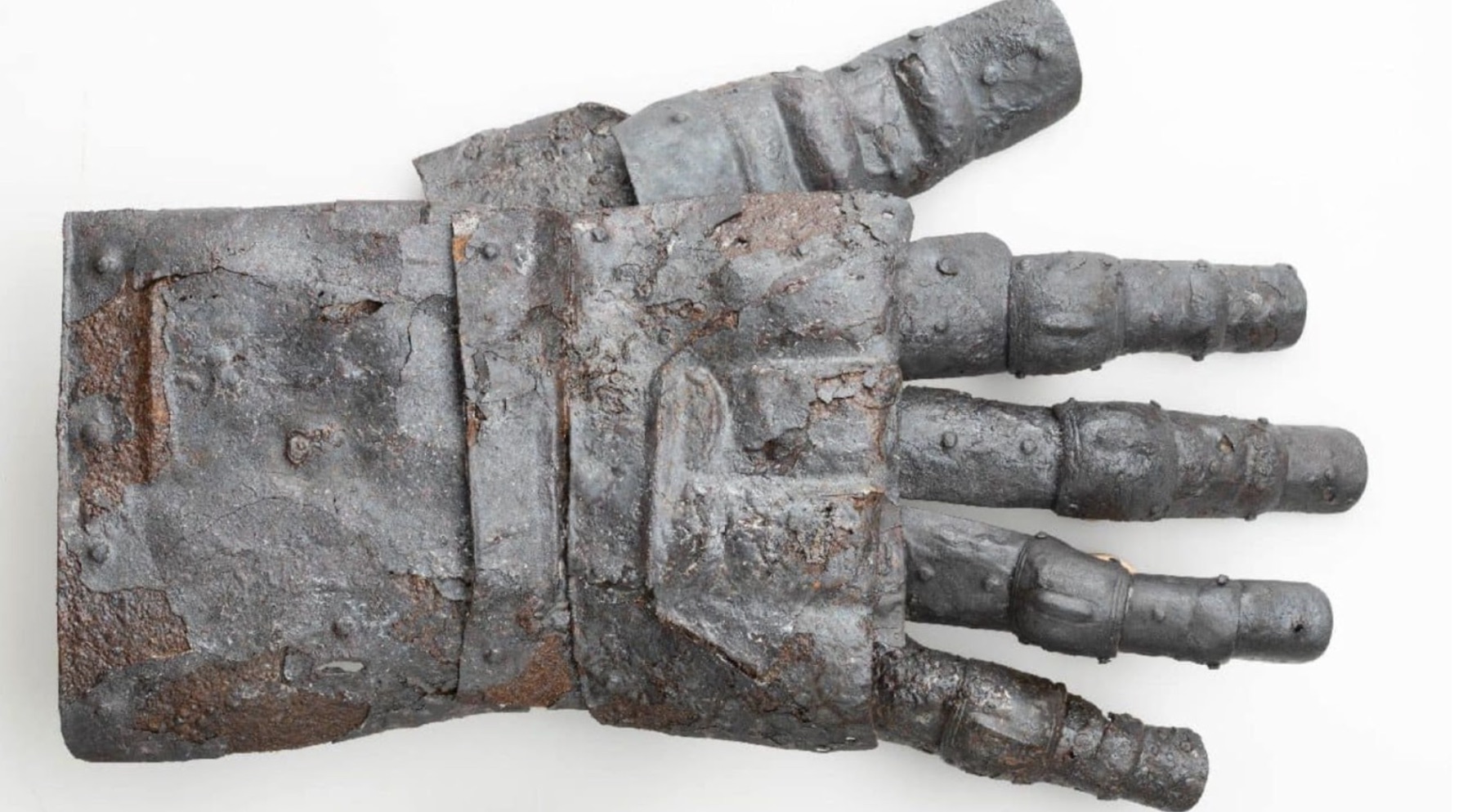
Source: Battlefield Archaeology Research Team/Facebook
It is believed to have been worn by a medieval soldier or knight and despite needing a bit of reconstruction, most of the pieces were still fully intact.
The Artifact Was Found Near Kyburg Castle
The pieces of the glove were found in the southeastern grounds of Kyburg Castle, which is a short 26-minute journey from Switzerland’s capital, Zurich.
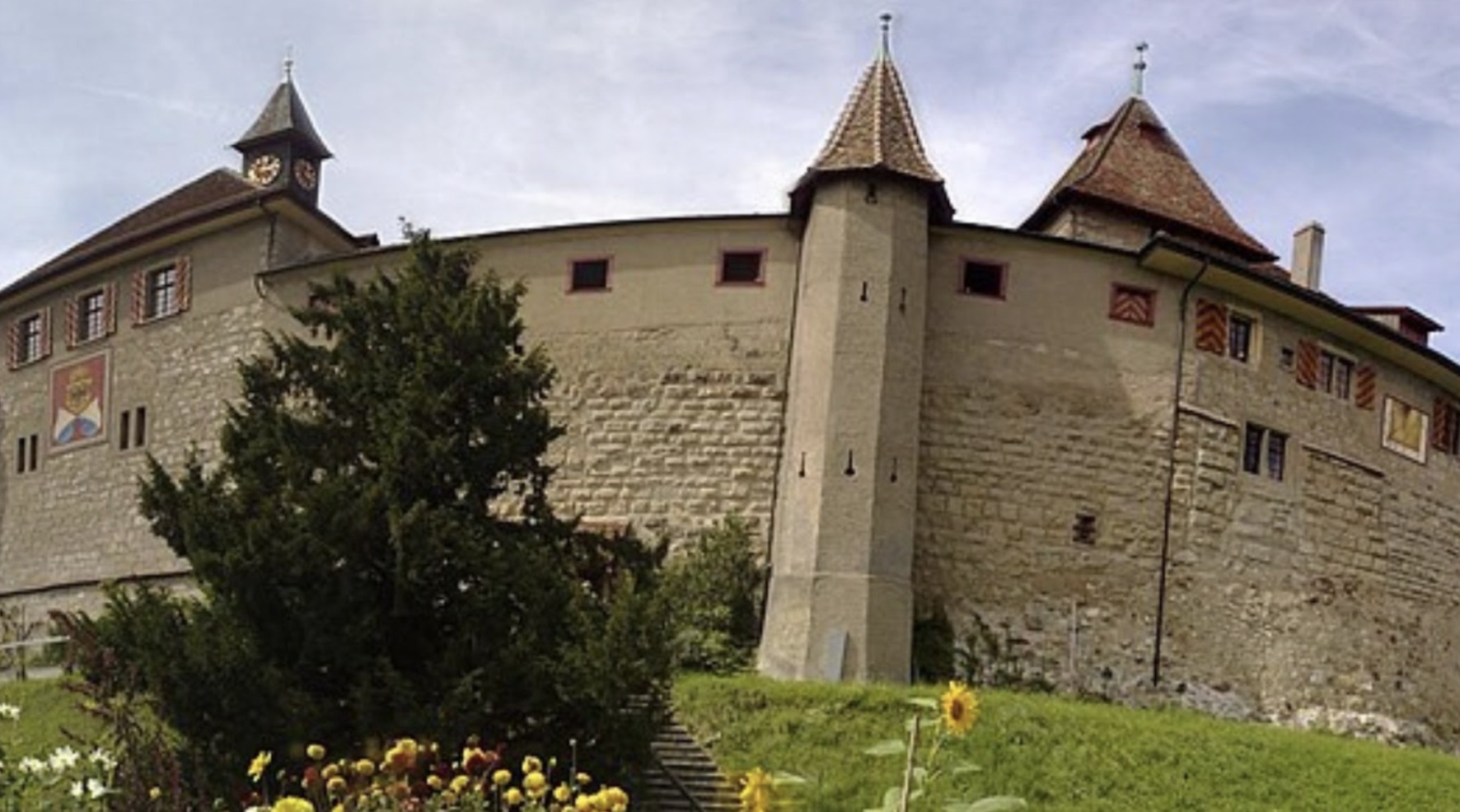
Source: Givanni-P/Wikimedia Commons
The castle is located right next to the Swiss-German border, with the gauntlet remains in a medieval weaving cellar. Kyburg towers over the Töss River and is home to Switzerland’s oldest castle museum.
Kyburg Castle Is a Significant Area for Archaeologists
Kyburg Castle was previously known as Chuigeburch during the medieval period and is one of the most wide-ranging medieval castles in Switzerland.

Source: Creative Commons Attribution-Share Alike/Wikimedia Commons
Due to the size of the area and its defensive walls that loom over Kyburg, The Jerusalem Post reports this makes it very significant to archaeologists. This is why any planned construction causes an emergency archaeological excavation.
Kyburg Castle Dates Back to the 10th Century
Kyburg Castle is believed to have first been mentioned in 1027 when it was known as Chuigeburch, with the name suggesting it was used to house livestock, according to Arstechnica.

Sounce: Adrian Michael/Wikimedia Commons
The castle was destroyed by the Holy Roman Emperor Conrad II between 1028 and 1030, with it later being rebuilt. It was then partly destroyed in 1079 during the conflict between Pope Gregory VII and Henry IV, but has managed to survive ever since then.
The Weaving Cellar Had Previously Burned Down
What makes this find even more special is that in the 14th century, the weaving cellar had burned down, yet the gauntlet was still pretty intact when found by archaeologists.
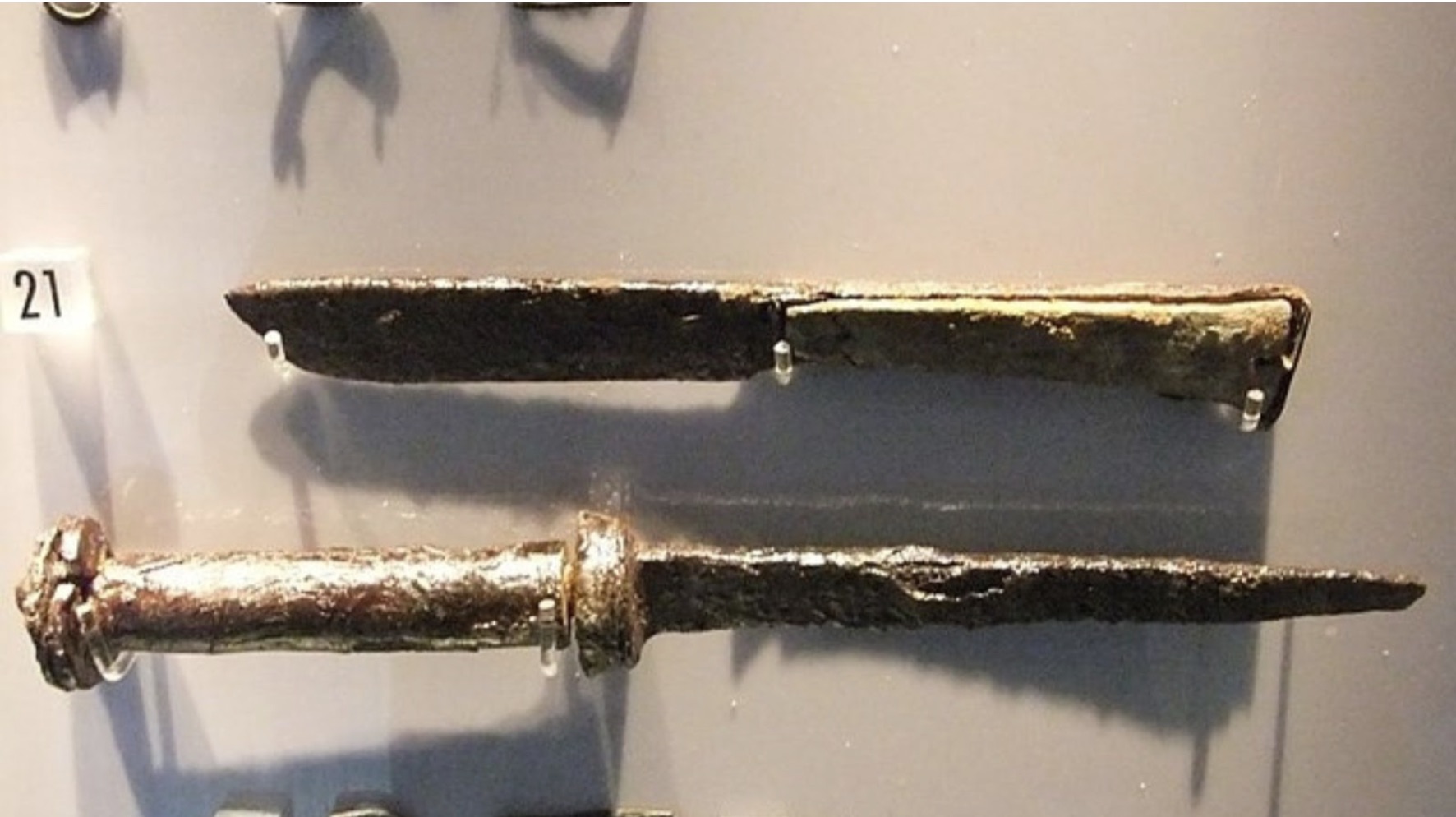
Source: Reptonix free Creative Commons licensed photos/Wikimedia Commons
It is believed by researchers that a blacksmith may have been forging metal prior to the fire, as archaeologists were also able to find various metal objects, such as tweezers, keys, and knives.
The Gauntlet Is the First of Its Kind
With the gauntlet being almost perfectly preserved, having stood the tests of time and fire, many may think nothing else could make it more special. However, there is one more feature that makes it even more unique.
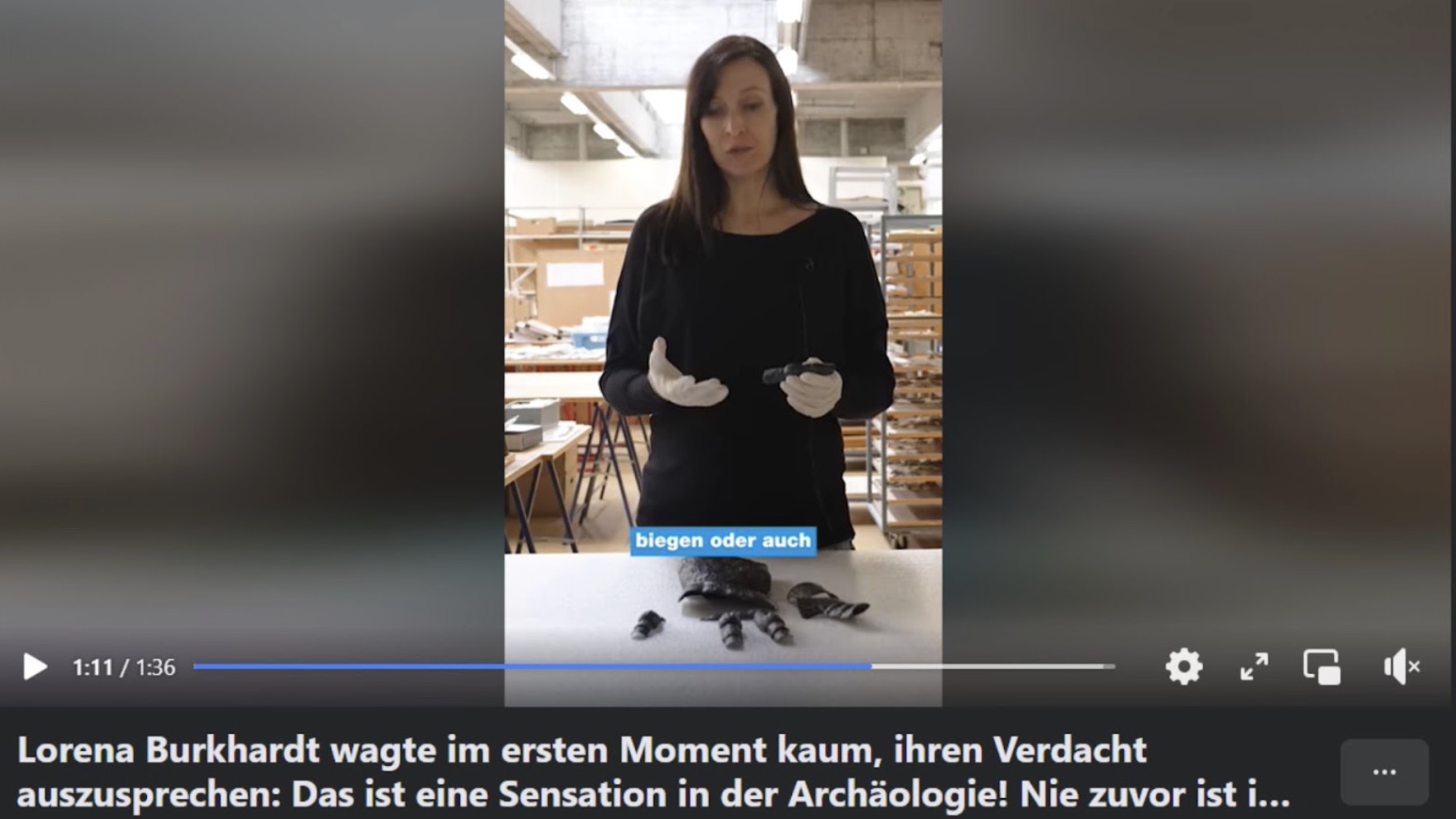
Source: Kanton Zürich/Facebook
In a Facebook video made by the canton, viewers are told that it is the first of its kind to appear in Switzerland, as it is well-preserved and complete.
Very Few Gauntlets of this Age Have Been Found
Not only is the preservation and location of the gauntlet special, but according to CBS News, finding one that was made prior to the 15th century is rare.
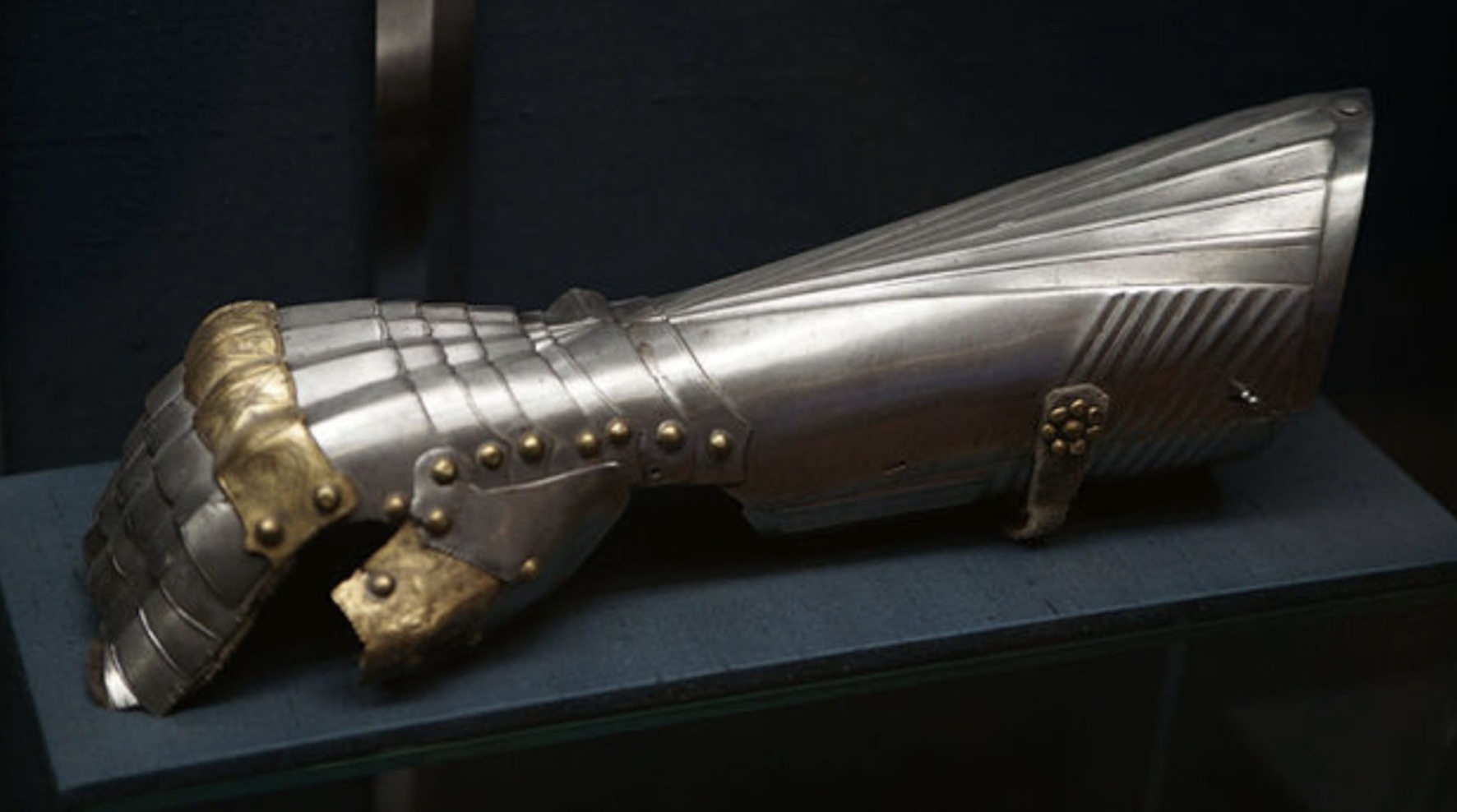
Source: Lorenz Helmschmied/Wikimedia Commons
Gauntlets, which were armored gloves used by European soldiers and knights, first started being used in the 11th century, so to have found one from this time period was a pretty special discovery for the archaeologists and everyone else involved.
Metal Objects of this Age Are Believed to Have Been Melted Down
Amongst many other reasons as to why this gauntlet is such a rare find, one possibility is that metal objects from this time were melted down and recycled, instead of being preserved.

Source: U.S. Marine Corps Photo by Lance Corporal Kelsey J Green/Wikimedia Commons
However, this is just one of many theories as to why this gauntlet was preserved as well as it has been, whereas others weren’t. Unless other gauntlets from the same era are found, nothing is conclusive, as those may hold the answers researchers are looking for.
The Gauntlet Has Been Pieced Back Together
Due to the preservation of the gauntlet, those who discovered it have been able to piece it back together and have concluded that it is a four-fold finger glove that was worn on the right hand.
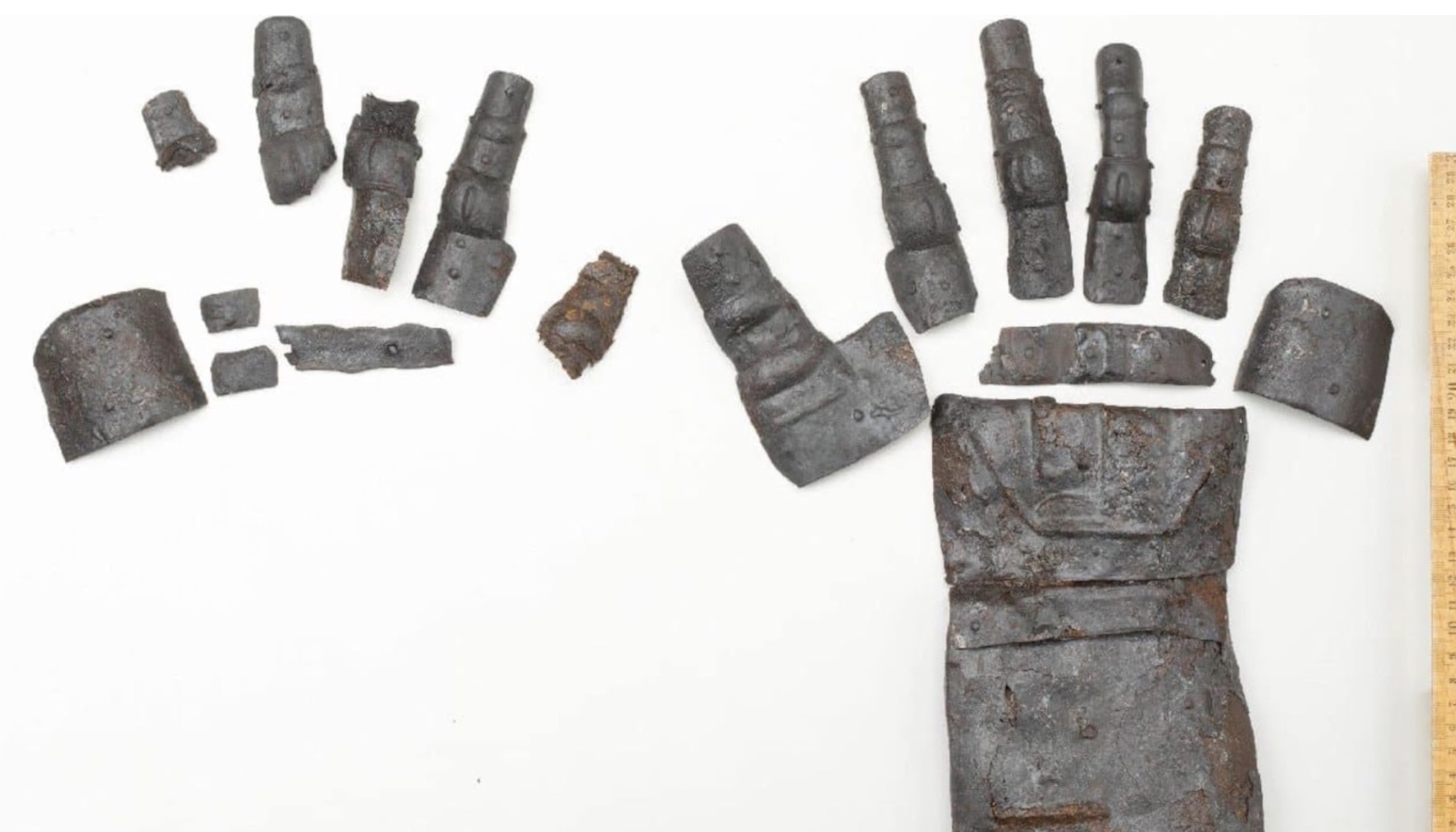
Source: Battlefield Archaeology Research Team/Facebook
It is made of iron and each metal plate is stacked on top of each other, which helped protect the knight or soldier’s fingers, whilst still providing them with a range of movement. It is also believed to have likely been worn for wielding swords.
There Are still Many Unanswered Questions
Despite the gauntlet being in near-perfect condition, officials who have been involved in the process have stated that there are unanswered questions regarding the typological development and who it would have belonged to.

Source: Tirachard Kumtanom/Pexels
However, what is known is that individual components of the glove have been attached to the inside and that there were individual rivets sewn onto a textile finger glove. The unanswered questions may be discovered during further research into the gauntlet.
Only Five Similarly Aged Gauntlets Have Been Found
Whilst the discovery of this particular gauntlet is quite rare, there are five others that have also been discovered in Switzerland.
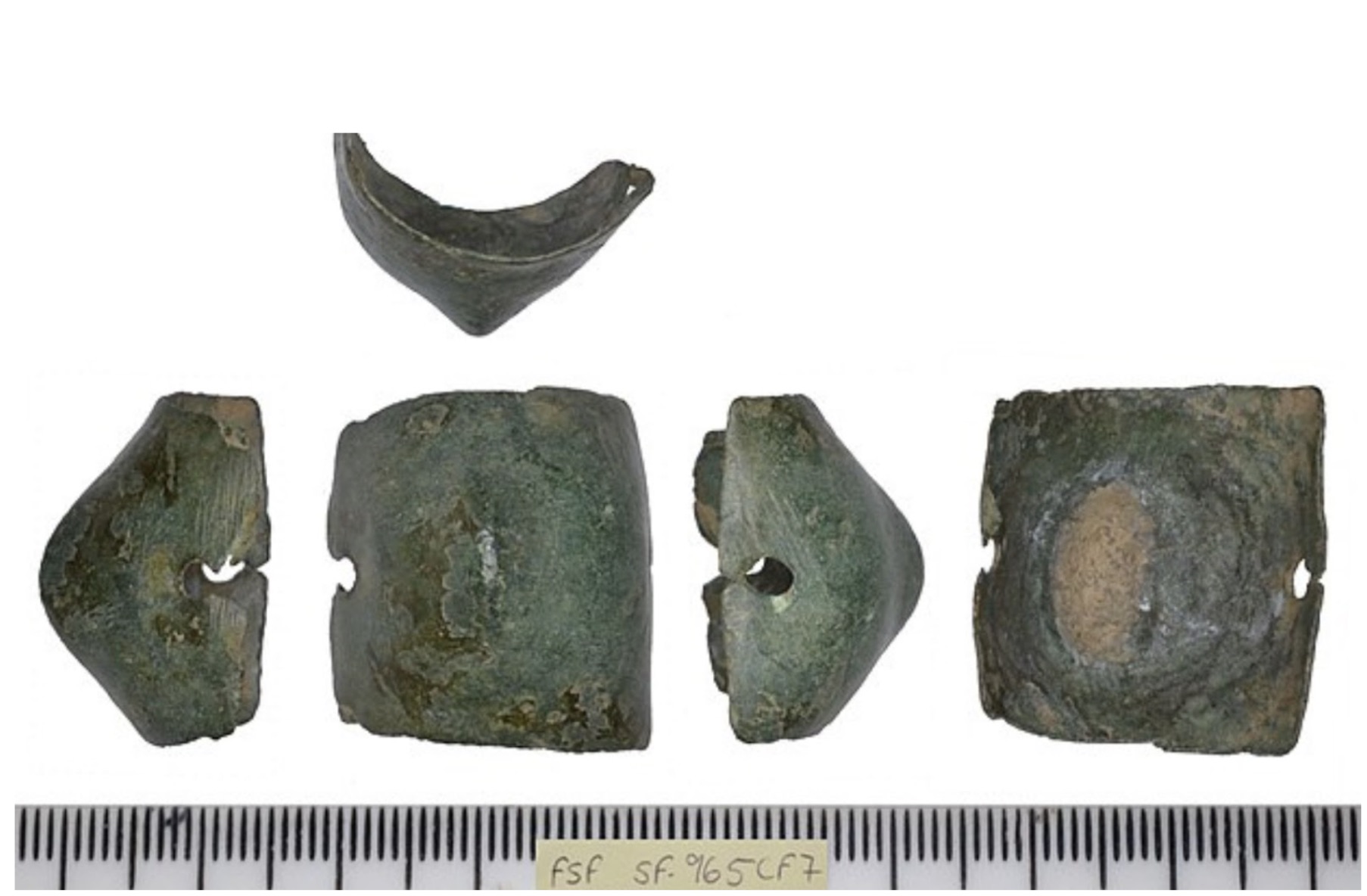
Source: Suffolk County Council, Dr Anna Booth/Wikimedia Commons
What sets this gauntlet apart from the other five is how well-preserved it is, along with its design and decoration. A few pieces of the left-handed glove have even been found by archaeologists, so there’s the possibility that both will able to be reconstructed in some way.
The Gauntlet Will Go on Display
In late March 2024, a copy of the gauntlet is said to become a permanent exhibit at Kyburg Castle, where the original was found.
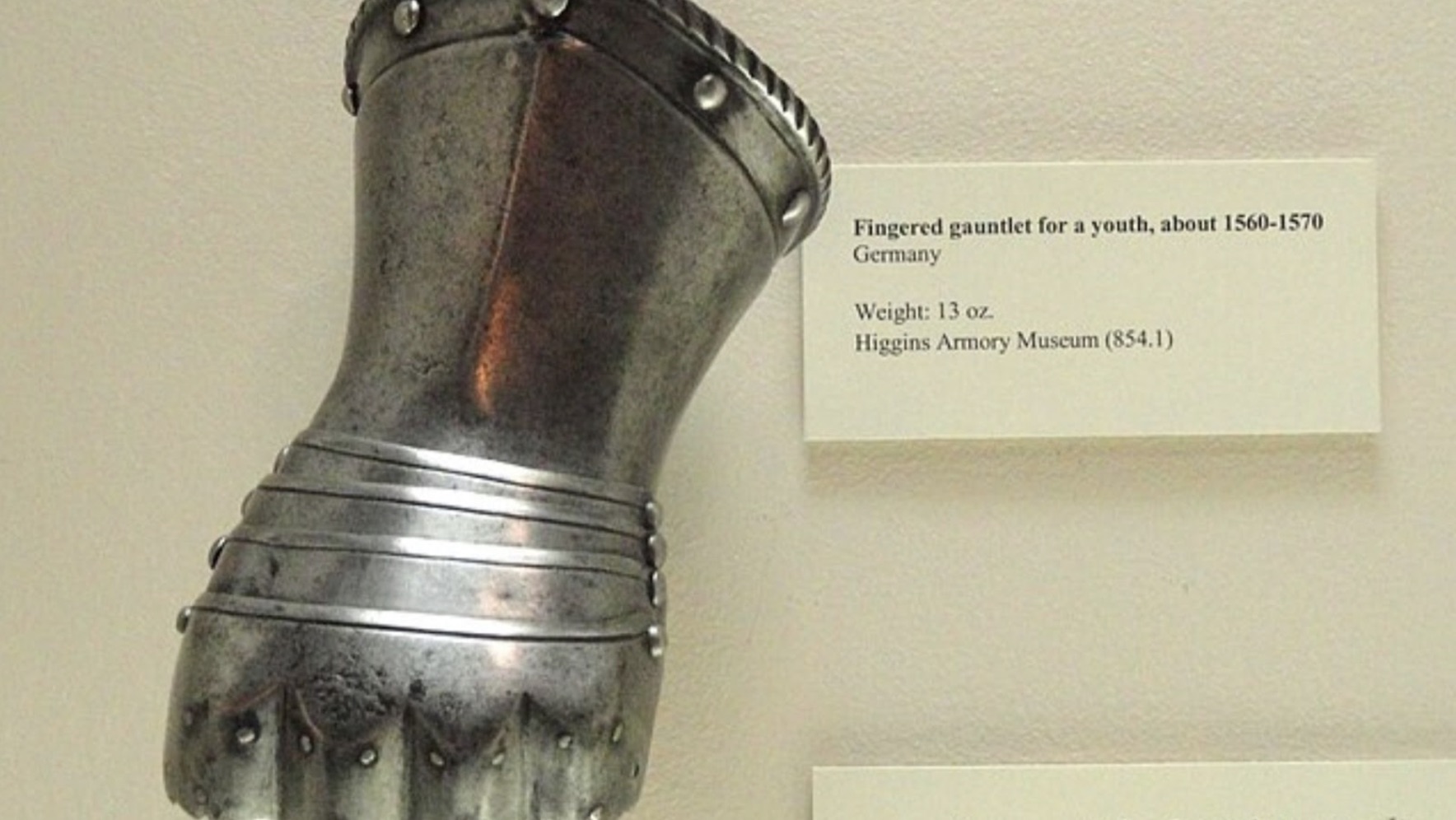
Source: Daderot/Wikimedia Commons
This copy will go on display alongside the researchers’ reconstruction of the glove, showcasing what it would have looked like in the 14th century. Meanwhile, the original is also set to go on display for a few weeks in the fall of 2024.
